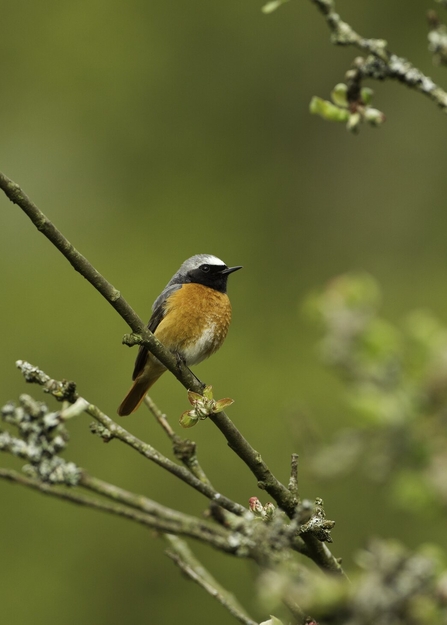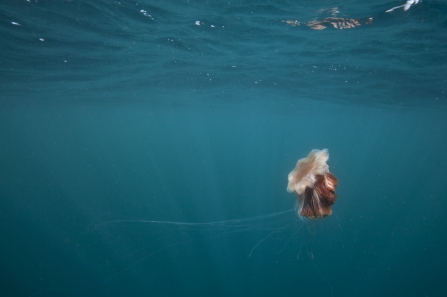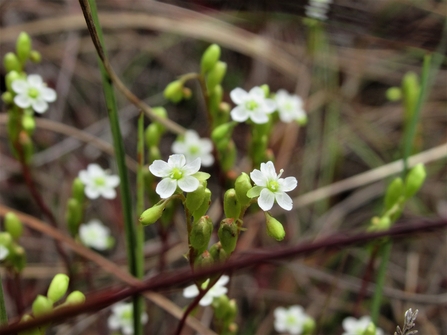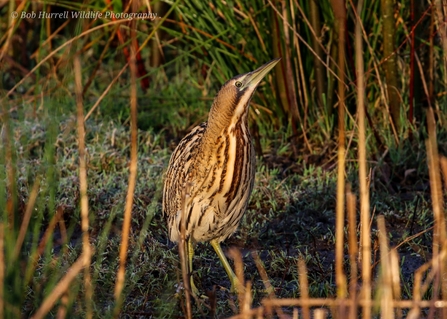Brockholes
With autumn on the horizon, the bird migration has well and truly begun, with Brockholes nature reserve in Preston one of the best places to watch the spectacle. A spotted flycatcher, tree pipit and yellow wagtail dropped by, three redstarts were seen from the Ribble viewpoint, and willow warblers were feeding in the hedgerows into double figures.
Waders were recorded in good numbers, with curlew, dunlin, snipe, black-tailed godwits, a green sandpiper and more than 200 lapwings all recorded on the reserve in August. Two hobbies took advantage of the abundant dragonflies on Meadow Lake while swallows and sand martins gobbled up flies by the river, no doubt feeding up for their upcoming autumn migration.





